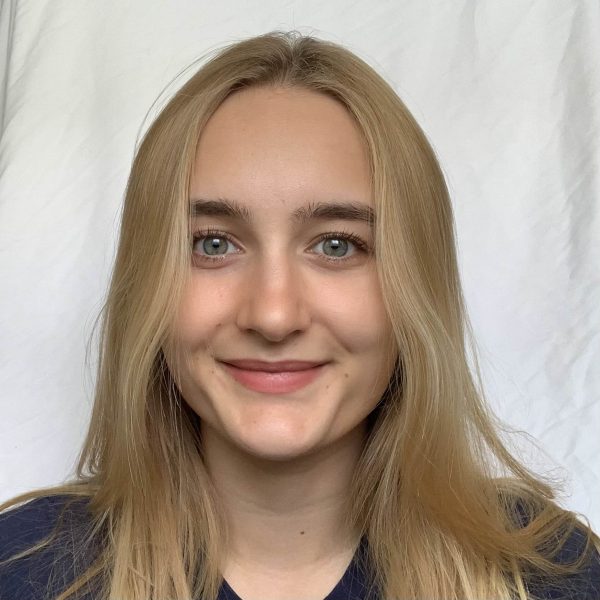Professor Michael Niman explains studying utopia and terrorism
October 7, 2015
Michael Niman is a professor at SUNY Buffalo State, but he is also a researcher and acclaimed journalist. In his research, he spends a good amount of his time studying the Rainbow Family, a group that, in structure, is much like groups that we now see in today’s papers as terrorist organizations.
“All are utopian groups… they strive to achieve utopian vision,” Niman said. “One group’s utopian vision is somebody else’s hell.”
While the political leanings of the Rainbow Family are far different from those of ISIS, for example, Niman points out that, in structure, they are similar. They are both “Acephalus Movements,” which are movements without a head, without leadership.
Professor Niman does not pretend to be an expert on terrorism, nor would he want to be one. But throughout his presentation on Friday, he quickly broke down the fundamentals of the Rainbow Family, a subject which he has decades of experience in.
He told the audience about a government based on consensus, about a history of oppression by other governments, and about how after meeting for a few weeks, thousands of Rainbow Family members fall back into the mainstream, making it impossible for them to be stopped. They will be together again at the next meeting, as powerful as before.
“The Rainbow is a TAZ, temporary autonomous zone,” Niman said. “Rainbow Gatherings don’t really occupy space, they occupy time.”
Niman went on to say that by the time any real resistance against a gathering is ready to be used, the gathering is already done and scattered around the country to meet up again at another place in time and space. This is called “Fusion-fissure.”
Rainbow Gatherings happen around the world and throughout the year. Before the advent of the Internet, there was already a strong grass roots communication campaign centered around billboards around the country. They are held in national forests and the largest of them occurs in the beginning of July on a formerly agreed upon location and word quickly spreads. Camps spring up about a month before July, and several continue for months afterward.
While Niman points out that groups like ISIS intend to secure land rather than time, he does not agree that killing the leadership of ISIS will do any good. In fact, it works as publicity for the group itself, that recruits all over the world, especially in Eastern Europe. The nutrients that feed terrorist groups are actually the same social and economic equalities that we see all over the world. Groups like ISIS appeal to disenfranchised youth in several countries, and it is not until their situation is taken care of that any real damage can be conducted in the war on terror.
Before the presentation, expectations were high.
“I’m guessing this is probably going to be radical and in some ways unexpected, because that is what I’ve come to expect from Dr. Niman,” Angela Faulk, an adjunct professor in the English department, said.
After the speech, Biology Professor Amy McMillian said, “It was really interesting, I hadn’t thought about terrorism and how it works… Rainbow is a concept I didn’t know anything about.”
More information on Dr. Niman and his work can be found on his web page: http://works.bepress.com/niman/contact.html.
email: [email protected]




Jeffry Burke • Oct 9, 2015 at 10:08 pm
This article is thought-provoking and interesting. Leaves me wanting to know more!